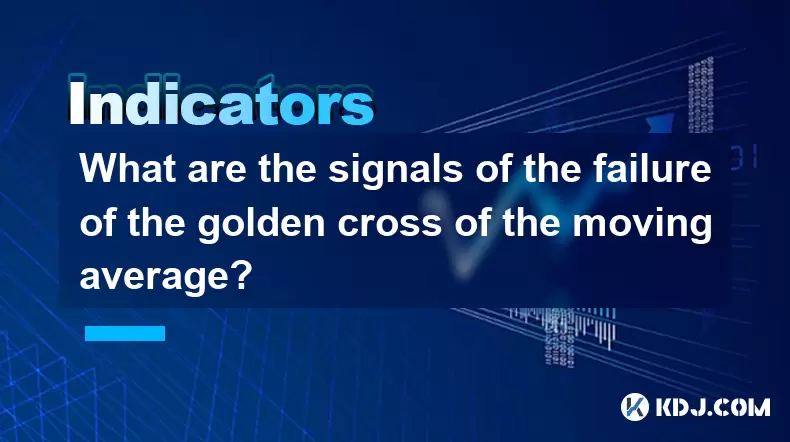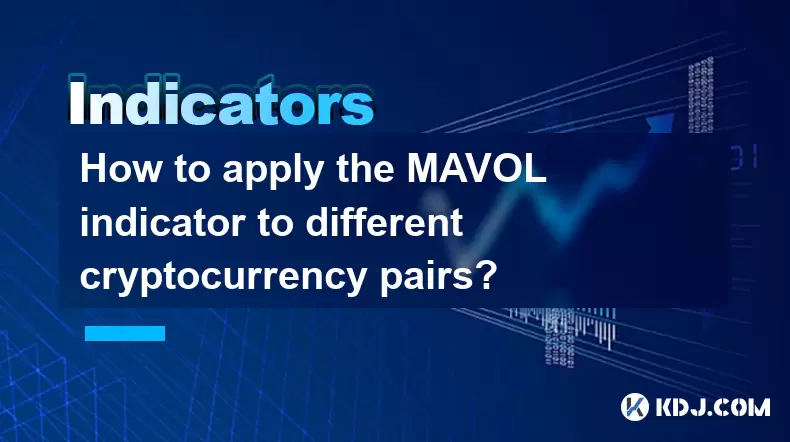-
 Bitcoin
Bitcoin $118400
0.47% -
 Ethereum
Ethereum $3836
2.20% -
 XRP
XRP $3.157
2.98% -
 Tether USDt
Tether USDt $0.9999
-0.03% -
 BNB
BNB $801.5
1.31% -
 Solana
Solana $180.9
2.07% -
 USDC
USDC $0.9999
-0.02% -
 Dogecoin
Dogecoin $0.2225
2.50% -
 TRON
TRON $0.3285
-1.02% -
 Cardano
Cardano $0.7789
2.60% -
 Hyperliquid
Hyperliquid $43.60
2.39% -
 Sui
Sui $3.892
4.41% -
 Stellar
Stellar $0.4229
3.34% -
 Chainlink
Chainlink $18.01
3.98% -
 Hedera
Hedera $0.2745
6.77% -
 Bitcoin Cash
Bitcoin Cash $582.3
3.38% -
 Avalanche
Avalanche $23.77
1.04% -
 Ethena USDe
Ethena USDe $1.001
0.01% -
 Toncoin
Toncoin $3.493
3.59% -
 Litecoin
Litecoin $110.0
2.48% -
 UNUS SED LEO
UNUS SED LEO $8.936
-0.37% -
 Shiba Inu
Shiba Inu $0.00001304
2.49% -
 Uniswap
Uniswap $9.999
1.09% -
 Polkadot
Polkadot $3.897
3.26% -
 Monero
Monero $308.6
-0.83% -
 Dai
Dai $0.9999
-0.01% -
 Bitget Token
Bitget Token $4.504
-0.04% -
 Pepe
Pepe $0.00001154
2.95% -
 Cronos
Cronos $0.1471
3.06% -
 Ethena
Ethena $0.6691
19.53%
What are the signals of the failure of the golden cross of the moving average?
A golden cross suggests a bullish trend when the 50-day moving average crosses above the 200-day, but low volume, price rejection, and market conditions can signal a potential failure.
Jun 22, 2025 at 10:35 am

Understanding the Golden Cross in Moving Averages
The golden cross is a widely recognized technical indicator in the world of cryptocurrency trading. It occurs when a short-term moving average (such as the 50-day) crosses above a long-term moving average (such as the 200-day), signaling a potential bullish trend. Traders often use this signal to enter long positions or hold onto their assets with confidence. However, not all golden crosses lead to sustained upward movement.
One critical aspect that traders must understand is the possibility of a false golden cross, where the indicator appears promising but fails to result in a strong rally. Identifying the signs of such failure can help mitigate losses and improve decision-making.
Early Signs of a Failing Golden Cross
A key warning sign of a failed golden cross is low volume during the crossover. In genuine bullish scenarios, a golden cross is typically accompanied by a surge in trading volume, indicating strong market participation. If the crossover occurs on low or average volume, it may suggest a lack of conviction among traders.
Another red flag is price rejection at resistance levels shortly after the cross. Even if the moving averages align favorably, if the price fails to break through major resistance zones, the momentum could quickly fade. This often results in a quick reversal back into a downtrend or sideways consolidation.
Additionally, divergence between price and momentum indicators like RSI or MACD can indicate weakness. For instance, if the price makes higher highs while the RSI makes lower highs, it suggests weakening buying pressure despite the golden cross formation.
Post-Crossover Price Behavior
After a golden cross forms, one of the most telling signs of its failure is failure to maintain price above the 50-day moving average. In healthy uptrends, the price often finds support at or near the shorter-term moving average. When the price repeatedly breaks below this level without a clear reason, it signals a lack of demand.
Moreover, rapid retests of the crossover point without sustaining gains can be troubling. If the price briefly rises post-cross but then collapses back toward or below the previous crossover zone, it indicates weak follow-through from buyers.
Also worth noting is sideways movement following the cross. Instead of rallying, the price might drift horizontally for an extended period. This stagnation usually reflects indecision in the market and diminishes the effectiveness of the golden cross as a reliable signal.
Market Conditions and Broader Context
The broader market environment plays a crucial role in determining whether a golden cross will succeed or fail. During periods of high volatility or macroeconomic uncertainty, even technically sound signals can falter due to external pressures.
If the overall crypto market remains bearish or under regulatory scrutiny, the golden cross may not have enough strength to push prices higher. Similarly, negative news around the specific asset can override technical patterns, leading to a false breakout.
Another factor is the presence of multiple conflicting technical signals. For example, if a golden cross occurs alongside a bearish head and shoulders pattern or a descending triangle, traders should be cautious about relying solely on the moving average crossover.
Behavioral Patterns Among Retail and Institutional Traders
Observing how different types of traders react after a golden cross can also offer insights into its validity. Rapid profit-taking by institutional players shortly after the cross can drain momentum and cause prices to drop unexpectedly.
Conversely, excessive retail excitement—often seen in social media hype or pump-and-dump behavior—can create artificial spikes that quickly collapse. These rallies are not based on real demand and usually end in disappointment.
Traders should also monitor on-chain metrics such as exchange inflows and outflows, whale movements, and funding rates on futures markets. Sudden surges in selling pressure or increased leverage liquidations can precede a breakdown, even after a seemingly strong technical signal.
Frequently Asked Questions
- Can a golden cross still work in a bear market?
While it’s possible for a golden cross to appear in a bear market, its reliability is significantly reduced. Bear markets are characterized by persistent selling pressure, which can easily overpower short-term bullish signals unless supported by fundamental or macro changes.
<li><strong>Is there a way to filter out false golden crosses?</strong><br>
Yes, traders often combine the golden cross with other tools such as volume analysis, Fibonacci retracements, and candlestick patterns to confirm its legitimacy. Waiting for a retest of the crossover area or using additional timeframes can also help in filtering false signals.</li>
The classic setup uses daily charts for the 50-day and 200-day moving averages. However, some traders analyze weekly charts for longer-term confirmation or hourly charts for intraday opportunities. Each timeframe provides different context and should be used according to the trader's strategy.</li>
Due to the high volatility and speculative nature of cryptocurrencies, golden crosses tend to fail more frequently than in traditional markets. Historical data shows that approximately 40–60% of golden crosses in major crypto assets like Bitcoin and Ethereum result in false signals or short-lived rallies.</li>Disclaimer:info@kdj.com
The information provided is not trading advice. kdj.com does not assume any responsibility for any investments made based on the information provided in this article. Cryptocurrencies are highly volatile and it is highly recommended that you invest with caution after thorough research!
If you believe that the content used on this website infringes your copyright, please contact us immediately (info@kdj.com) and we will delete it promptly.
- SEC, Crypto, and On-Chain: Navigating the Regulatory Maze
- 2025-08-01 02:31:40
- Bitcoin Bullish Market: How Long Positions are Boosting the Crypto King
- 2025-08-01 02:35:33
- Visa, Stellar, and Stablecoins: A New York Minute on the Future of Finance
- 2025-08-01 01:50:50
- BCH, FET, BlockDAG: Decoding the Crypto Buzz
- 2025-08-01 01:16:37
- Conflux Token, Crypto Simplicity, and WeWake Finance: A New Era?
- 2025-08-01 01:50:50
- Dogecoin, Remittix, and Analyst Targets: Navigating the Crypto Landscape
- 2025-08-01 01:55:40
Related knowledge

What does it signify when the MACD crosses below the zero line?
Aug 01,2025 at 01:43am
Understanding the MACD IndicatorThe Moving Average Convergence Divergence (MACD) is one of the most widely used technical analysis tools in the crypto...

How does the MACD histogram show momentum?
Aug 01,2025 at 01:16am
Understanding the MACD Histogram and Its Role in Cryptocurrency TradingThe MACD histogram is a visual representation of the difference between the MAC...

What is a MACD crossover?
Jul 31,2025 at 11:52pm
Understanding the Role of Private Keys in Cryptocurrency SecurityIn the world of cryptocurrency, private keys are the cornerstone of ownership and con...

How can you use the MACD histogram to determine trend strength?
Jul 31,2025 at 11:10pm
Understanding the MACD Histogram and Its ComponentsThe MACD (Moving Average Convergence Divergence) histogram is a visual representation of the differ...

What is the impact of different moving average types (SMA vs. EMA) on the MAVOL indicator?
Aug 01,2025 at 02:31am
Understanding the MAVOL Indicator in Cryptocurrency AnalysisThe MAVOL (Moving Average Volume) indicator is a technical analysis tool used in the crypt...

How to apply the MAVOL indicator to different cryptocurrency pairs?
Aug 01,2025 at 12:43am
Understanding the MAVOL Indicator in Cryptocurrency TradingThe MAVOL indicator, short for Moving Average Volume, is a technical analysis tool that app...

What does it signify when the MACD crosses below the zero line?
Aug 01,2025 at 01:43am
Understanding the MACD IndicatorThe Moving Average Convergence Divergence (MACD) is one of the most widely used technical analysis tools in the crypto...

How does the MACD histogram show momentum?
Aug 01,2025 at 01:16am
Understanding the MACD Histogram and Its Role in Cryptocurrency TradingThe MACD histogram is a visual representation of the difference between the MAC...

What is a MACD crossover?
Jul 31,2025 at 11:52pm
Understanding the Role of Private Keys in Cryptocurrency SecurityIn the world of cryptocurrency, private keys are the cornerstone of ownership and con...

How can you use the MACD histogram to determine trend strength?
Jul 31,2025 at 11:10pm
Understanding the MACD Histogram and Its ComponentsThe MACD (Moving Average Convergence Divergence) histogram is a visual representation of the differ...

What is the impact of different moving average types (SMA vs. EMA) on the MAVOL indicator?
Aug 01,2025 at 02:31am
Understanding the MAVOL Indicator in Cryptocurrency AnalysisThe MAVOL (Moving Average Volume) indicator is a technical analysis tool used in the crypt...

How to apply the MAVOL indicator to different cryptocurrency pairs?
Aug 01,2025 at 12:43am
Understanding the MAVOL Indicator in Cryptocurrency TradingThe MAVOL indicator, short for Moving Average Volume, is a technical analysis tool that app...
See all articles

























































































